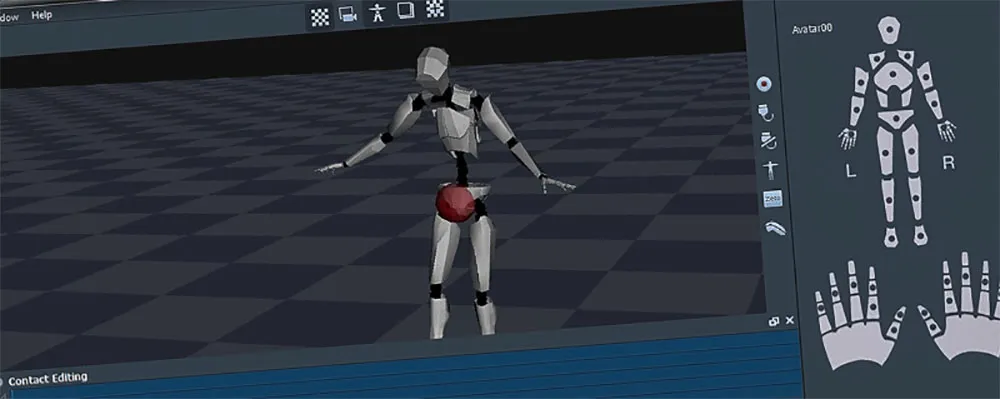VR developer Cloudhead Games is partnering with motion-capture startup Noitom to create unique performances in their upcoming title, The Gallery.
Cloudhead used a combination of the HTC Vive and Noitom’s proprietary Perception Neuron motion capture system to record their actor’s (Adriann Hough, Assassin’s Creed) movements and vocals in real-time.
The studio explained its use of the Vive this week:
Dan, our cinematic designer, created the custom performance rigs in Unity. In each rig, the actor’s movements triggered moving platforms/assorted actions, allowing the environment to respond to the actor without further input from an outside operator. Essentially, we designed and scripted an entirely new game, JUST for the actor performance. I won’t dive too heavily into the process of designing performance rigs, but Dan pulled out some sort of dark magic to fit those scenes in a 15×15 capture space, without causing the actors to puke with aggressive vigor.
These performance rigs also included virtually rendered cue cards and environmental triggers that allowed the creative team to change Hough’s lines and provide feedback on the fly without pulling him off of his virtual stage.
“In a way, the performer and the scene operator were dancing. The actor set the pace of a scene through their performance, while the operator controlled the responses of the environment through action cues. It took a few takes for both the actor and the operator to find a rhythm in each scene, but the end result seems both dynamic and natural,” the company’s blog post states.
Motion capture has become a mainstay of video game character animation. Large studios, like Sony’s Naughty Dog, use converted warehouses full of expensive cameras and high tech suits to capture their actor’s every move. However, the Perception Neuron system allowed Cloudhead to achieve the same level of success in a much smaller space and on a much tighter budget.
The Perception Neuron suit was an “inexpensive, yet robust solution” that allowed their team to iterate designs quickly and make necessary changes as the performance was carried out.
VR continues to erode the lines between the real world and the digital one, even when it comes to its own evolution and development.
Last week, Holodexxx VR unveiled a unique photogrammetry rig and 3D modeling pipeline which enabled the creation of incredibly lifelike and fully interactive virtual models. Even mixed reality streaming what people are experiencing in a game like Fantastic Contraption is beginning to blur the lines between VR and the real world.
The Gallery won last year’s Proto Award for Most Transportive Experience. The game is currently slated for a Spring 2016 release and will be exclusive to the Vive at launch with other platforms added later.




























